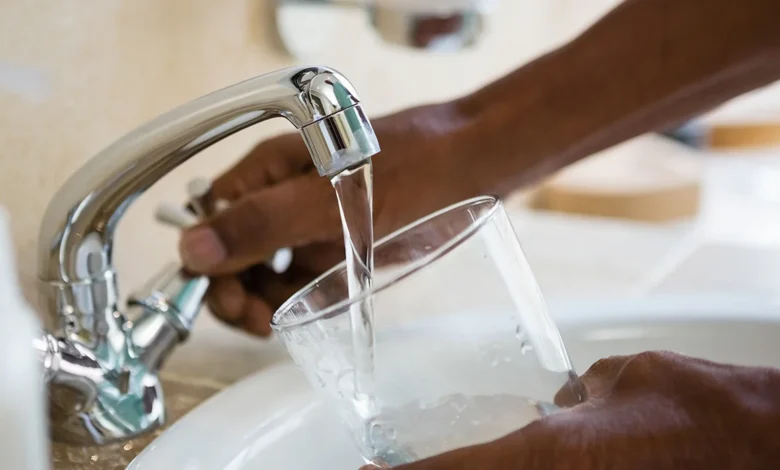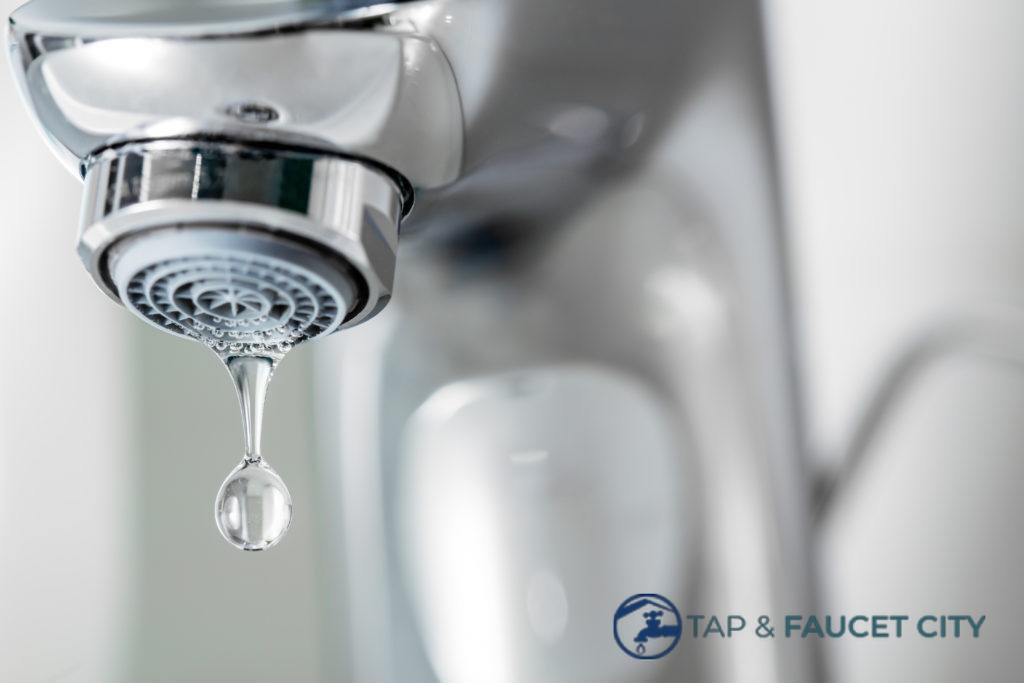Bathroom Tap Water: Is It Safe to Drink or Use Daily?

Clean water is one of the most essential parts of our daily lives. From brushing our teeth in the morning to washing our faces before bed, we rely on bathroom tap water more than we realize. Yet, many people often wonder: Is bathroom tap water safe to use, and can you actually drink it? This question becomes especially important in older homes or areas where water quality is uncertain. In this article, we’ll explore everything you need to know about bathroom tap water—its source, safety, problems, and ways to ensure it’s clean and healthy.
Understanding Bathroom Tap Water
Where Bathroom Tap Water Comes From
Bathroom tap water typically comes from the same municipal supply as kitchen water. However, the path it takes to get there can make a difference. In many homes, the bathroom water travels through a different set of pipes, sometimes passing through storage tanks before reaching your tap. These tanks can accumulate sediment or bacteria if not maintained properly, affecting both taste and safety. Additionally, older pipes may contain lead or corroded metal that seeps into the water over time.
While the kitchen tap often receives direct, freshly treated water, bathroom taps may deliver water that has been sitting in pipes for hours. This stagnation can increase the chances of bacterial growth and contamination, making it less suitable for drinking.
Key Differences Between Bathroom and Kitchen Tap Water
The primary difference between bathroom and kitchen tap water lies in the plumbing layout. Kitchen taps are designed for consumption—used for drinking, cooking, and food preparation—so they’re often fitted with better filters or connected directly to the mains. Bathroom taps, however, serve more for hygiene purposes such as washing, bathing, or brushing teeth.
Materials used in bathroom plumbing can also differ, especially in older homes where lead or galvanized steel pipes were once common. Over time, these materials can leach contaminants into the water. That’s why water from your kitchen might taste fresher, while your bathroom tap may produce a metallic or musty flavor.
Is Bathroom Tap Water Safe to Use?
Safety for Drinking
Whether bathroom tap water is safe to drink depends largely on your home’s plumbing system and location. In newer homes with updated plumbing and direct mains connections, the difference between bathroom and kitchen tap water may be minimal. However, in older properties or rural areas, bathroom water often passes through storage tanks that can harbor bacteria, algae, or even insects if not properly sealed.
For this reason, experts generally advise against drinking bathroom tap water unless you are certain of its source and quality. The risk of ingesting lead, copper, or harmful microorganisms is simply too high compared to the kitchen supply, which is designed for safer consumption.
Safety for Brushing Teeth and Washing Face
Using bathroom tap water for brushing your teeth or washing your face is typically considered safe in most developed regions. The key is to avoid swallowing large amounts of it. If you live in an area with questionable water quality, you might consider using filtered or bottled water for brushing.
For skincare routines, the main concern isn’t bacterial contamination but hardness and chemical content. Hard water can leave mineral deposits on your skin, leading to dryness or irritation. If you notice that your skin feels tight or itchy after washing, consider installing a small water softener or filter on your bathroom tap.
Safety for Bathing and Cleaning
When it comes to bathing, bathroom tap water is generally safe, though the quality can still affect your health and comfort. Hard or chlorinated water can strip natural oils from your skin and hair, causing dryness or frizziness. Moreover, if your plumbing is old or corroded, trace metals might end up in your bathwater.
To minimize these effects, regular maintenance and occasional testing of your water supply are essential. For sensitive skin, installing a shower filter can greatly improve water softness and reduce exposure to chlorine or sediment.
Common Problems with Bathroom Tap Water

Bathroom tap water can develop issues over time that make it unpleasant or unsafe. One of the most visible signs is discoloration or cloudiness. Yellow, brown, or rusty water often indicates the presence of iron or other sediments from corroded pipes. If the problem persists, it could signal a plumbing issue that requires professional inspection.
Another frequent problem is unpleasant odor or taste. A metallic taste could suggest lead or copper contamination, while a sulfuric “rotten egg” smell usually points to bacterial activity. Cloudy water, on the other hand, might just be trapped air bubbles, which typically clear up after a few minutes.
Microbial contamination is a more serious concern. Bacteria such as E. coli or Legionella can develop in standing water, especially in warm, humid environments like bathrooms. If you suspect contamination, it’s wise to stop using the water until you’ve had it tested.
How to Improve Bathroom Tap Water Quality
The good news is that you can significantly improve bathroom tap water quality with simple measures. Installing a tap filter or purifier is one of the easiest solutions. Filters remove sediments, chlorine, and even some metals, ensuring the water feels and smells cleaner.
Regular plumbing maintenance is also crucial. Clean the faucet aerator monthly to remove buildup, and flush the pipes occasionally by letting water run for a few minutes before use.
For a more thorough check, invest in DIY water testing kits to measure pH levels, chlorine, and heavy metals. If the results are concerning, call a certified professional for a detailed analysis. Adopting water-safe habits, like avoiding drinking from hot water taps and flushing the bathroom tap before use, can also make a big difference in quality and safety.
Environmental and Health Considerations
Old plumbing infrastructure not only affects your personal health but also contributes to broader environmental issues. Lead and copper corrosion can contaminate not just your tap but also the wider water network if left unchecked. Replacing outdated pipes with modern, non-toxic materials such as PEX or PVC can ensure long-term safety.
On the sustainability side, using eco-friendly water filtration systems helps reduce the environmental footprint associated with bottled water. It’s a simple step that benefits both your health and the planet.
Conclusion
Bathroom tap water is safe for most everyday uses, but caution is necessary when it comes to drinking or long-term exposure. Understanding your plumbing system, testing regularly, and maintaining filters can help you enjoy clean, fresh water without worries. With proper awareness and care, your bathroom tap can be as safe and reliable as your kitchen’s—ensuring peace of mind every time you turn it on.
Frequently Asked Questions (FAQs)
Can you drink water from the bathroom tap safely?
It depends on your plumbing system and local water quality. In newer homes, it’s often safe, but in older homes, avoid drinking it directly.
Why does bathroom tap water taste different from kitchen water?
Bathroom taps may receive water that’s been sitting in pipes or tanks, which can alter its taste and smell.
Is it okay to brush teeth with bathroom tap water?
Yes, in most areas it’s fine, but avoid swallowing large amounts if your local water quality is questionable.
What should I do if my bathroom tap water is cloudy or discolored?
Run the tap for a few minutes. If the problem persists, check for corroded pipes or contact your water provider.
How can I improve bathroom tap water quality?
Install a tap filter, perform regular maintenance, and test your water periodically to ensure safety.
You May Also Read: Films Similar to Phone Booth




